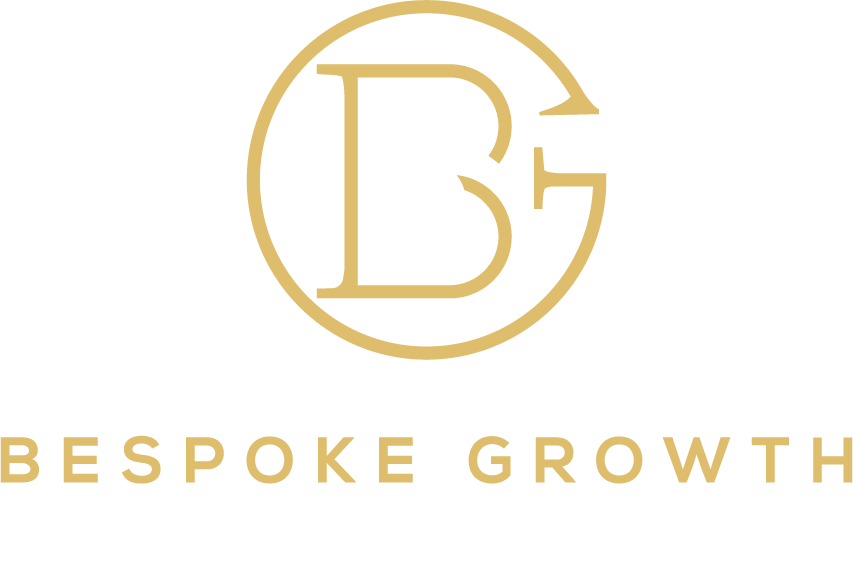
Exclusive Weekly Tips, Tactics, and Inside Inspo for Growing SMEs
Your Business Is Only as Strong as Your Operating Model
Most business challenges aren’t strategy problems. They’re operating model problems in disguise.
You can have the boldest vision and the sharpest strategy, but if your operating model isn’t built to support them, execution will grind to a halt.
Early Warning Signs
- Decisions take too long.
- Teams duplicate work.
- Cross-functional collaboration is limited.
- Leaders get stuck firefighting.
- Growth feels chaotic instead of controlled.
And just like that, momentum stalls.
Why Most Operating Models Break – and How to Spot the Cracks
An operating model isn’t just an org chart or a set of processes – it’s the system that dictates how work gets done, who makes decisions, and how value is created.
When it’s outdated or unclear, friction becomes impossible to ignore.
Here’s how to tell if your operating model is holding you back:
1. Decision-Making Is Sluggish
If every decision requires multiple approvals or escalations, your business isn’t agile – it’s stuck in bureaucracy. A strong operating model ensures the right people have the authority to act – without endless bottlenecks.
🔎 Fix it: Define clear decision rights at every level of the business. Delegate authority with intention.
2. Processes and Systems Don’t Talk to Each Other
If your teams rely on multiple, disconnected systems, inefficiencies multiply. Workarounds become the norm. Misalignment creeps in. Suddenly, teams are operating in silos instead of a cohesive unit.
🔎 Fix it: Unify and streamline your core systems to ensure smooth, scalable operations.
3. The Talent Pipeline Isn’t Keeping Up with Business Needs
A high-performing operating model isn’t just about processes – it’s about people. If you’re struggling to hire, upskill, or retain talent that meets your evolving needs, you’ll feel the pinch in execution.
🔎 Fix it: Build a clear talent strategy to ensure the right capabilities exist at every stage of growth.
4. Culture Isn’t Translating into Execution
Your company values might be printed on the wall, but are they showing up in day-to-day decision-making and ways of working? If your culture isn’t reinforced through your operating model, teams default to old habits—even when they don’t serve the business anymore.
🔎 Fix it: Align leadership behaviours, incentives, and systems to embed cultural values into execution.
The Operating Model Shift That Changes Everything
High-performing businesses don’t just scale up; they scale smart. That means designing an operating model that’s built for:
✅ Clarity – Everyone knows how decisions are made, who owns what, and how value flows.
✅ Speed – Execution happens efficiently, without unnecessary bottlenecks.
✅ Scalability – Growth doesn’t create chaos because the business is structured to handle it.
✅ Accountability – Teams are empowered, reducing reliance on top-down intervention.
So, here’s the question: Is your operating model helping you move faster, or is it slowing you down?
Time to Rethink How Your Business Runs?
In just 90 seconds, see what it’s like to work with me . . .
Curious what’s possible with the right expert in your corner?
Let’s chat. Book your complimentary discovery call today –
No Pressure, Just Clarity
